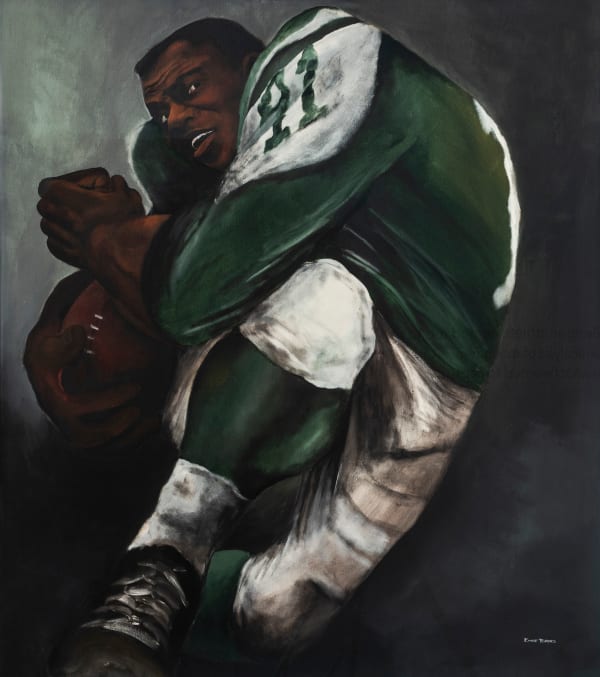-
ERNIE BARNES
An American Artist -
The team at Casterline|Goodman Gallery has curated an incredible collection of Ernie Barnes’ iconic football paintings. These images, premiering as a group in an exclusive exhibition, will be available together for the first time – just in time, for Super Bowl LVIII.Barnes’ attention to movement, a result of his years on the field as a professional athlete, create an alluring dynamism to these works. You’ll be captivated by the shading and detail in each motion and muscle captured on canvas.
-

Ernie Barnes: An American Artist
Current viewing_room






